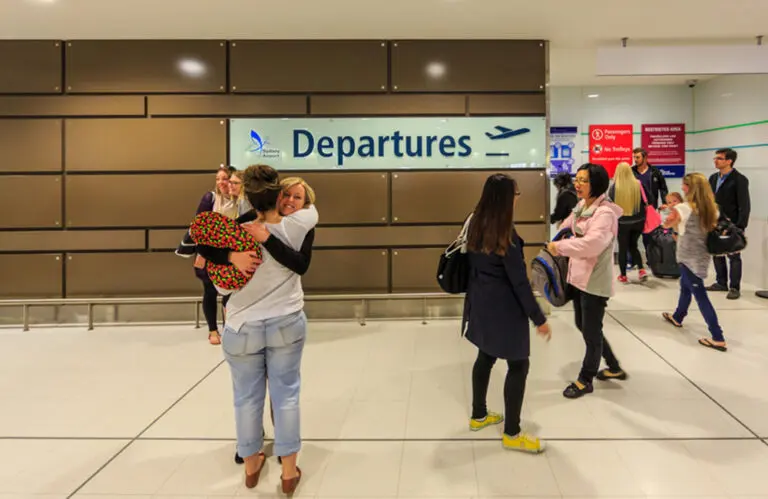Imagine a $200 ATM withdrawal that comes with a $50 sting. That’s the reality in some popular holiday hotspots. A global analysis shows that pulling out cash abroad can be one of the most expensive parts of travel, with Bali and Vietnam among the hardest hit.
The data, collected from millions of transactions earlier this year, shows Vietnam leading the world for hefty ATM charges, with Indonesia, Argentina, and Colombia also in the top tier. For Australians heading to Bali or Vietnam , those little ATM slips can quietly strip hundreds of dollars from the holiday budget.
Where the fees stack up
Vietnam tops the global table, with average third‑party charges of more than 27% on withdrawals. Argentina follows with 20.5%, Colombia at 16.66% and Indonesia at 10.91%.
That last figure is particularly relevant given Indonesia’s dominance as the most popular destination for Australians, accounting for 15% of all short‑term trips abroad. Vietnam, meanwhile, is enjoying a 20% jump in Aussie visitor numbers year‑on‑year according to the ABS.
The timing is sharp. With the school holidays and Christmas travel period looming, and with the Australian dollar weaker against the US dollar and euro, many travellers are turning to Asia to stretch their money further. High ATM fees in those same destinations risk undoing some of those savings.
What travellers can do
Industry experts say there are ways to avoid the worst sting. Simple tactics include using bank‑operated ATMs rather than independents, making larger withdrawals less often, and always selecting the local currency over AUD to bypass additional mark‑ups. These small habits can make a noticeable difference over the course of a holiday.
ATM fees are only part of the picture. Recent survey data shows 90% of Australians are still using payment methods that carry hidden international costs, whether through inflated exchange rates or add‑on fees. Popular but expensive options include exchanging cash before travelling, swiping debit or credit cards from home banks, or relying on prepaid travel cards. Many so‑called “fee free” options hide the true cost in the conversion rate, leaving travellers worse off.
Australians are increasingly aware of how these costs add up. Reports highlight strong feelings of being ripped off at airport exchange counters, irritation at tourist taxes where foreigners pay more, and a younger generation that admits to carefree spending in the exact moments they are most exposed. Social media may fuel travel planning, but a majority of Gen Z say they feel let down by what they find once they land.
Why agents should care
For travel agents, this story goes beyond banking. It is about traveller experience and value perception. A family who feels stung by avoidable fees may come home with less satisfaction from their holiday. Offering clients practical advice on managing their money abroad, whether that means flagging likely ATM costs in Bali or explaining how exchange rates really work, is another way agents can strengthen loyalty and be seen as trusted advisors.
KARRYON UNPACKS: ATM charges in favourite Aussie holiday spots like Bali and Vietnam can drain budgets fast. Agents who offer practical money‑saving tips stand out as true full‑service advisors.





